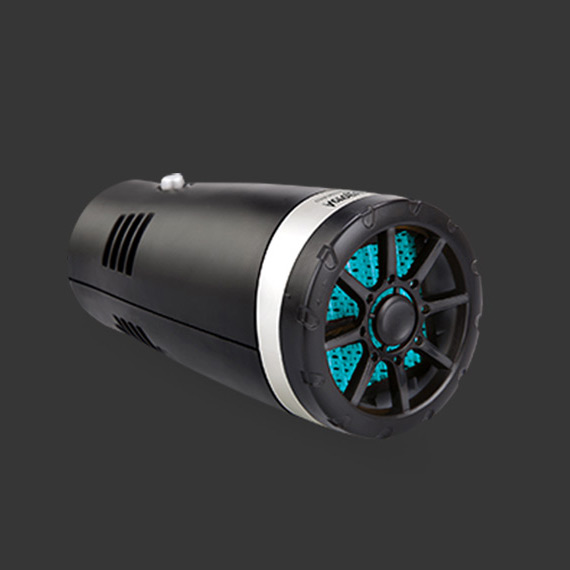throttle control cable
Understanding Throttle Control Cables A Comprehensive Guide
Throttle control cables are crucial components found in various vehicles, particularly in motorcycles, cars, and certain marine applications. They serve as the communication link between the operator and the engine, regulating the vehicle’s speed and power output. This article aims to delve into the function, construction, maintenance, and common issues associated with throttle control cables.
Function of Throttle Control Cables
The primary purpose of a throttle control cable is to transfer the driver’s command from the accelerator pedal or throttle grip to the throttle body. When the operator presses down on the accelerator, the cable pulls on the throttle body, allowing more air (and fuel, in the case of combustion engines) to enter the engine, thus increasing the engine's RPM (rotations per minute) and power output. Conversely, when the operator releases the accelerator, the cable retracts, closing the throttle and reducing the power.
Construction of Throttle Control Cables
Throttle control cables typically consist of a flexible outer casing and a metal inner wire. The inner wire is usually made of high-strength steel to withstand the pull force exerted by the accelerator input. The outer casing is designed to protect the inner wire from dirt, moisture, and other environmental factors that could affect its functionality. The cable ends often feature specific attachments that connect to both the throttle lever and the throttle body, ensuring a secure fit.
Maintenance of Throttle Control Cables
Proper maintenance of throttle control cables is essential to ensure the smooth operation of the vehicle. Here are some key maintenance tips
1. Regular Inspection Periodically check the cable for any signs of wear or damage. Look for fraying, kinks, or corrosion that may hinder its performance.
throttle control cable

2. Lubrication Keeping the cable lubricated is crucial. Use a suitable lubricant, such as silicone spray or cable lube, to reduce friction within the cable casing and extend its lifespan.
3. Adjust Tension Ensure that the cable is properly tensioned. A loose cable can lead to unresponsive throttle input, while an overly tight cable may result in a sticking throttle, which can be dangerous.
4. Replacement If a cable shows significant signs of wear or damage, replace it immediately. Failing to do so might lead to throttle failure, which could result in loss of control of the vehicle.
Common Issues with Throttle Control Cables
Despite proper maintenance, throttle control cables can still encounter issues. Some common problems include
- Sticking Throttle Caused by dirt accumulation or lack of lubrication, this can result in the throttle not returning to its closed position.
- Frayed Cable Over time, exposure to friction and environmental stress can lead to fraying. A frayed cable should be replaced immediately to avoid complete failure.
- Misalignment If the cable is not properly installed or aligned, it may not pull smoothly, leading to erratic throttle responses.
In conclusion, throttle control cables play a vital role in the operation of many vehicles. Understanding their function, maintaining them properly, and being aware of potential issues can significantly enhance the vehicle's performance and safety. Regular checks and timely replacements are key to ensuring that the throttle control system operates smoothly and efficiently.
-
Workings of Clutch Pipe and Hose SystemsNewsJun.04,2025
-
The Inner Workings of Hand Brake Cable SystemsNewsJun.04,2025
-
The Secrets of Throttle and Accelerator CablesNewsJun.04,2025
-
The Hidden Lifeline of Your Transmission Gear Shift CablesNewsJun.04,2025
-
Demystifying Gear Cables and Shift LinkagesNewsJun.04,2025
-
Decoding Clutch Line Systems A Comprehensive GuideNewsJun.04,2025
